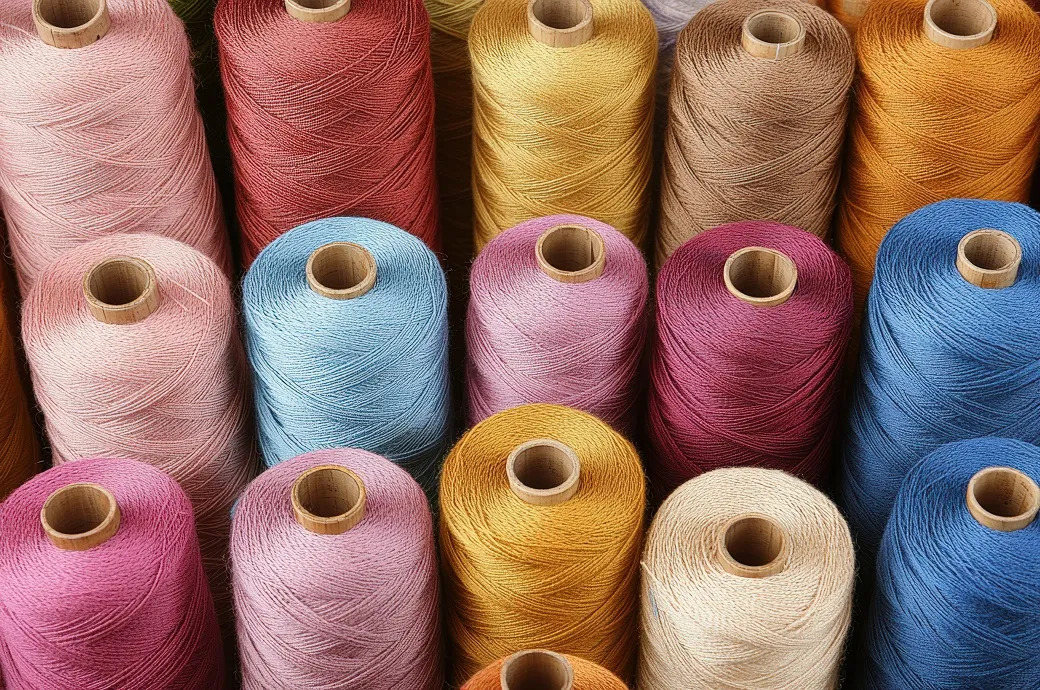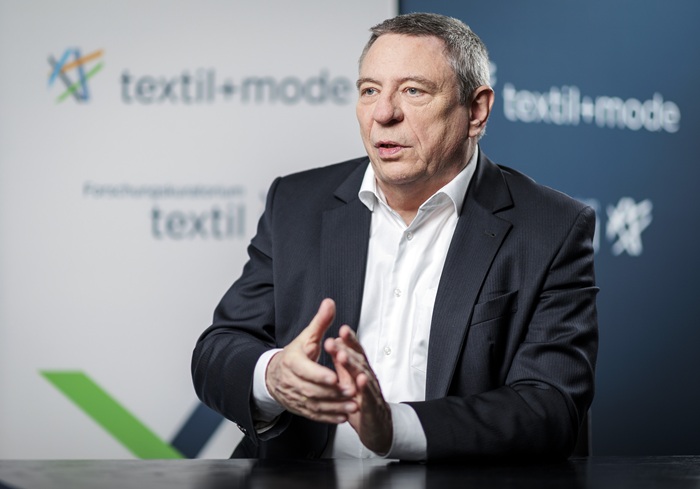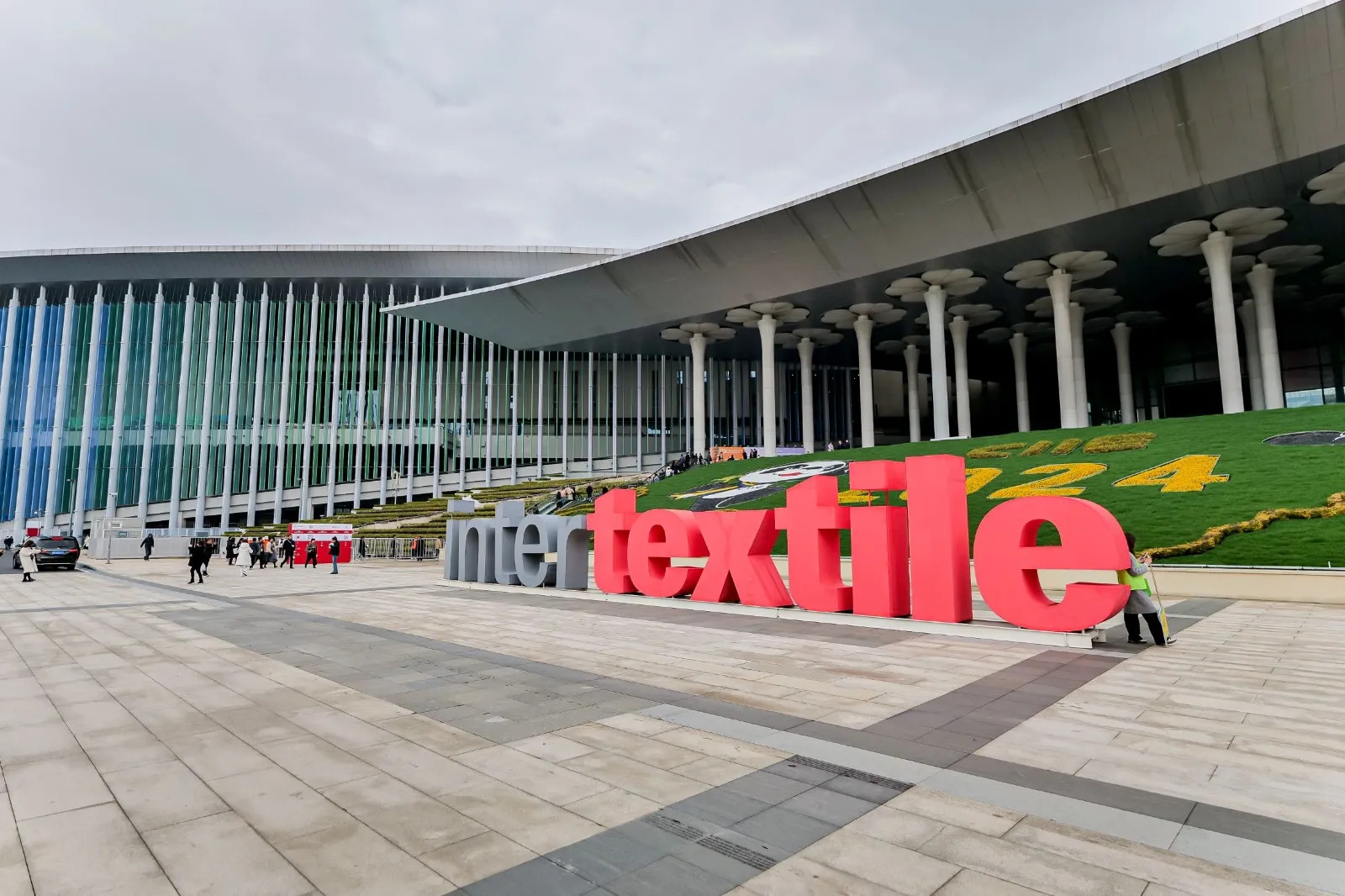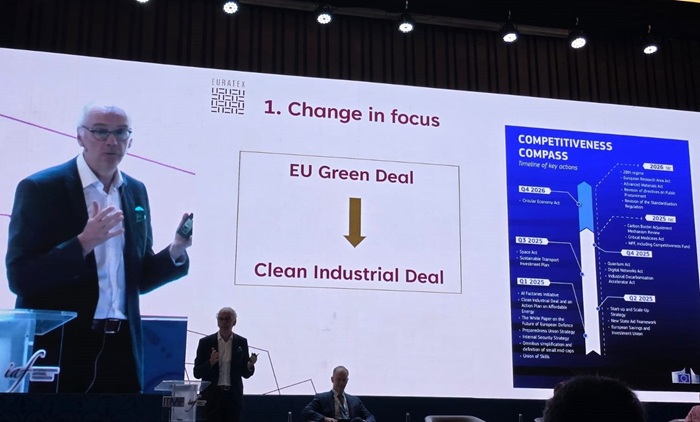FW
The ministry of textiles (MoT) has launched B-Twill Supply Management and Requisition Tool (Jute-Smart), an online portal. This portal has been created to facilitate end-to-end transactions related to procurement of B-Twill sacking. It was launched by Union textiles minister Smriti Irani on the occasion of Good Governance Day on December 25.
The portal is an integrated platform for use by all the stakeholders to allow easy access to information, more transparency and ease of doing business for the jute sector. An e-governance initiative by the government, Jute-Smart is a web-based application that facilitates purchase of jute bags from the jute industry by the State Procurement Agencies (SPAs).
The portal has been designed to integrate the process of indenting of B-Twill by the SPAs, help payment of required fund by SPAs into their respective bank accounts and allocate Production Control cum Supply Order (PCSO) by the Office of Jute Commissioner. The tool will also help in the generation of inspection calls by the jute mills and allocation of inspectors by the inspection agencies. It can also be used for uploading inspection report by the inspecting agency and dispatch information by loaders/jute mills for transportation and Container Corporation of India (Concor). Bill generation by jute mills and release of payment from respective banks to the jute mills is also possible on the tool along with complaint generation and real time reconciliation of funds remitted by the SPAs.
The Cabinet Committee on Economic Affairs (CCEA) decided to transfer the operation of purchase and supply of B-Twill sacking by SPAs from the Directorate General of Supplies & Disposal (DGS&D) to the Office of Jute Commissioner, Kolkata with effect from November 1, 2016. Annually about Rs 5,500 crore worth of jute sacking is procured through support by the Indian government to support the Indian jute workers and farmers.
In order to support the textile industry, the government of Pakistan has kept a 5 per cent customs duty on cotton yarn. This was informed to the Senate Standing Committee on Finance in writing by the Federal Board of Revenue (FBR) while briefing on the implementation of the committee's recommendations to the Finance Bill 2016.
Responding to the queries of the Senate Standing Committee on Finance, the FBR informed that specific recommendations pertaining to the customs duty had been implemented in the last budget. Like for example the reactivation of the Alternate Dispute Resolution Committee (ADRC) to resolve customs related disputes between taxpayers and tax collectors.
In budget 2016-17, the Senate recommended that the duty on cotton yarn should be kept at minimum slab rate of 5 per cent. The FBR responded by saying that the recommendation has been implemented through amendment in Finance Bill 2016, by amending the Fifth Schedule to the Customs Act 1969.
The Senate recommended to the National Assembly to rationalise the import process and simplify the structure of import duties for equipment used to produce solar energy. The Senate had recommended to the National Assembly that a Customs House should be established for gateway at Tehsil Qamardin Karez, Balochistan.
Qamardin Karez is already a notified customs station. However, it is not operational due to the law and order situation and lack of infrastructure like roads, electricity and banking facilities, the FBR added. The Senate recommended to the National Assembly that all the legal issues with Alternate Dispute Resolution Committee (ADRC) should be resolved to make it functional. The FBR responded that the recommendation has been implemented through amendment in Section 195C of the Customs Act, 1969.
According to a recent report, the people of China may have been the earliest people to make textile from silk fiber. The report comes from a group of scholars from the University of Science and Technology of China.
Scientists inspected silk fibroin through soil samples collected from three tombs at the Neolithic site of Jiahu, Henan province. Rough weaving tools and bone needles were also excavated from the site. This indicated that residents of Jiahu from as old as 8,500 years may have possessed basic weaving and sewing skills necessary for producing textiles.
Although earlier studies have provided evidence of the early emergence of weaving, there has long been a lack of direct evidence proving the existence of silk. According to the report, this new finding may be of great help to the study of early silk production as well as civilisation during the Neolithic Age by nearly 4,000 years.
As Britain prepares to expand its commercial reach once it has left the European Union, the UK and South Korea are set to sit for regular trade talks with luxury brands a particularly promising topic. A working group of ministers from the two countries will meet as many as four times a year to discuss removing barriers to commerce and prospects for future, ambitious trade opportunities after the UK exits the EU, a British government statement read.
After Brexit, Prime Minister Theresa May has promised to make the UK a leader in liberalising trade around the world. Yet the country is unable to strike its own free-trade deals or even being formal negotiations while still a member of the EU.
The pending talks with South Korea follow similar dialogues the UK has opened with Australia, China, the Gulf Cooperation Council, India, New Zealand and Norway in the six months since voters chose to leave the EU in a referendum. Trade and investment between the UK and South Korea is worth about 10.9 billion pounds ($13.6 billion) a year, according to British estimates. The UK is the fifth-largest foreign direct investor in South Korea. The same statement of the UK government read that South Korea is an especially promising market for luxury brands such as the Burberry Group that has 70 stores in the country and high-end automakers Jaguar Land Rover and Bentley.
Tapan Chowdhury, chairman of Square Group, has been re-elected as president of the Bangladesh Textile Mills Association (BTMA) for 2017 and 2018, the association said in a statement. The trade body also elected Mohammad Ali Khokon, managing director of Maksons Spinning Mills Ltd; Hossain Mehmood, managing director of Anwar Silk Mills Ltd; and Abdullah Al Mahmud, chairman of Mahin Group, as its vice presidents for the same period. The election took place at the association's 33 annual general meeting at Unique Trade Centre in Dhaka on December 24.
In its new 2016-2020 plan, China has said that it will encourage labour-intensive manufacturing industries located along the eastern coast to relocate inland. The government has also urged industries to develop the economy of its western region.
The country's cabinet, the State Council, approved the western development five-year plan last Friday, according to a notice published by China's official government. China's rapid economic development over the past four decades has been skewed heavily towards the eastern coast. Beijing has been trying to correct the imbalance not only in order to promote growth in politically crucial and energy-rich western regions such as Xinjiang and Yunnan, but also to ease environmental pressures in eastern regions, including the congested and polluted Yangtze and Pearl river deltas.
Prime minister, Li Keqiang, who chaired the cabinet meeting, said China would continue to implement measures aimed at reducing the tax burden in the west to cut the cost of doing business. He also maintained that the West must promote new forms of urbanisation and industrialisation and pay attention to protecting the environment, particularly its scarce water supplies, which have constrained development in large parts of the region.
DuPont Industrial Biosciences has been honoured by Henkel with the ‘Laundry & Home Care Sustainability Award’ for unparalleled enzyme technology. The award presented to DuPont’s Home & Personal Care business was announced at American Cleaning Institute’s Annual Meeting & Industry Convention, in Orlando, Florida. DuPont provided Henkel with a high-performance enzyme for best-in-class wash results in a wide range of detergents. DuPont’s enzyme technology outperformed all other products in the market as well as permitted Henkel to reduce the dose needed in their detergent formula.
Better-performing enzymes means fewer materials used, lower costs and less time needed in the production process of Henkel’s detergent. Thomas Müller-Kirschbaum, Corporate Senior VP, R&D Laundry & Home Care at Henke said, “DuPont’s innovative enzyme technology exhibits superior efficiency at comparably low dosage. This saves material, time and money and is a perfect example for sustainability contribution.” William F. Feehery, President, DuPont Industrial Biosciences said, “Our goal is to offer innovative, bio-based solutions to meet the needs of a growing population, while protecting our environment for future generations. Advanced enzyme technology, applied to industrial processes and included in household products offers businesses and consumers unparalleled opportunities to reduce costs and save energy without compromising on performance.”
Asia Pacific dominates the textile printing worldwide. This region is anticipated to witness considerable market growth in the future mainly owing to financial stability and governmental support. Furthermore, Europe is the second largest market due to the rapidly developing industrial network.
Additionally, North America is moving forward to gain highest market value. Further, increasing disposal income of the people in this region will contribute to the market growth.
Emerging countries such as India and China will show significant growth in the textile printing globally in the near future. The demand by domestic people in India and China will contribute to the growth of the textile printing market.
Some of the major key competitors in the global textile printing market are Digitex India Inc., AM Printex, Dazian LLC, AGS Transact Technologies, JV Digital Printing, and Dickson Coatings. Other major players influencing the global market are Glen Raven, Inc., Mehler Texnologies, Fisher Textiles, Inc., and China Dyeing Holdings, Ltd.Textile printing is used to design or colour a fabric in a definite pattern.
Textile fiber binds the fibers together in order to reduce friction within fibers. Textile printing is associated with dyeing where the whole fabric is uniformly covered with single color. In order to use one or more colors, defined patterns are required.
Textile printing includes engraved plates, wooden blocks, rollers, stencils and others to color fabrics. Colorants include dyes that thickened color to avoid spreading through capillary action beyond the certain limit in definite patterns. The aim of textile printing is to create attractive designs and distinct patterns for attracting the customers. Earlier, textile printing was traditionally used in India and it has evidence of using wooden blocks for printing.
The demand for the textile printing is anticipated to increase globally and this, in turn, will drive the market in the coming future. The increasing popularity of textile printing throughout international market will foster the market growth in future. People moving towards more artistic and royal choices will also positively influence the textile printing market.
The Malaysia External Trade Development Corporation (MATRADE) and High Commission of Pakistan Malaysia jointly organised a seminar on ‘Doing Business with Pakistan on 21st December in Kuala Lumpur. The seminar saw participation of over 200 Malaysian companies and Pakistani businessmen.
Speaking at the seminar, the High Commissioner of Pakistan in Malaysia, Syed Hassan Raza said that both countries are negotiating to further reduce duties on existing and additional tariff lines to facilitate businesses under the Free Trade Agreement (FTA). The High Commissioner highlighted the investment opportunities and trade potential in Pakistan and informed the participants that there were numerous opportunities for the companies in both countries, having FTA since 2008.
The current trading basket of both the countries is limited to Palm oil, fibre board, rubber electrical and electronic equipment from Malaysia while from Pakistan main items exported are cotton, textile, rice, maize, vegetables. On investments, Raza mentioned that present investment regime is the most liberal in the region. Foreign equity could be 100 per cent owned by foreign investor and there were no restriction on repatriation of profits/royalties almost all sectors are open for investment and one-window facilitation were some of the highlights of new policy. He emphasized that Pakistan was a stable, peaceful and welcome foreign investors to visit any part of the country.
As it faces immense pressure from developed countries to start a discussion, India has started framing its position on new issues including on ecommerce, small and medium enterprises and investment at the World Trade Organisation (WTO). The WTO ministerial meet will be held in the Argentine capital of Buenos Aires in December 2017.
Until now, India has vehemently opposed the inclusion of new issues in the multilateral organisation unless the existing one related to food security and special safeguard mechanism (SSM) are resolved. At the last ministerial meeting in Nairobi, developed countries were successful in clinching the deal away from India by allowing new issues to be taken up in the WTO’s mandate.
Developed countries including the US have been pushing for cooperation, information exchange and capacity building for small and medium enterprises. On fisheries, they want to prohibit subsidies granted for illegal, unregulated and unreported fishing and a strict mechanism to assess fish stocks which is not easy for developing countries like India. India’s concerns on investment becoming part of the WTO agenda pertain to the definition of investment and the investor dispute settlement mechanism.
E-commerce is the first among the new issues that the developed countries have been pushing to be included in the WTO’s agenda for the next ministerial. Although India has not favoured e-commerce discussions till now, it has begun studying papers submitted to the WTO on the issue to understand the various views.The government is consulting e-commerce companies operating in the country, but the views emerging from these talks are divergent.












